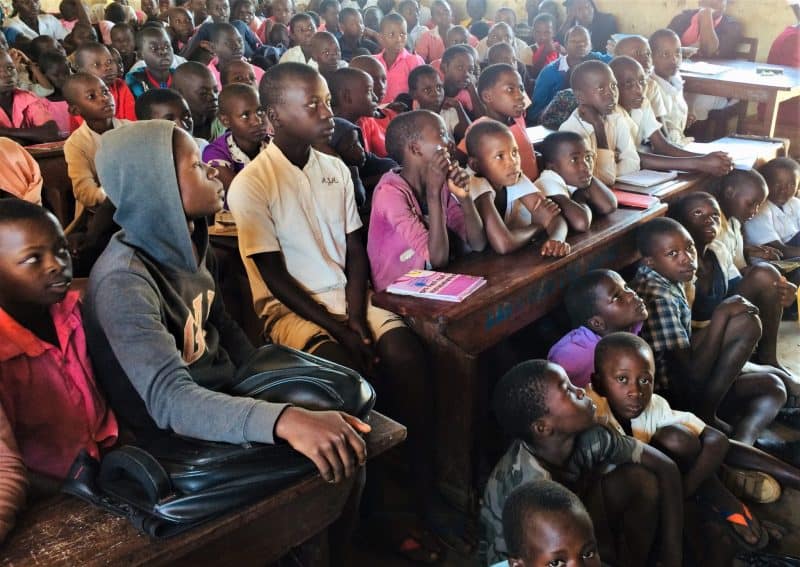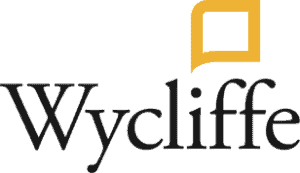Wycliffe’s key partner organization, SIL International, is exploring how increasing urbanization, globalization and migration are affecting language use among smaller local language communities. A task force is looking at how SIL could shape its strategies and programs to better engage with diaspora populations and those who work among them.

Photo courtesy of SIL
But SIL is also taking some practical steps, specifically for the world’s 25 million registered refugees. In Africa, SIL consultants have recently been involved in an effort to improve the education of displaced students in Uganda refugee settlements. The nation is hosting 1.3 million refugees—half of them children—from 13 countries, especially South Sudan, the Democratic Republic of the Congo, Burundi, Rwanda and Somalia.
Help Requested
A group of organizations* in Uganda dedicated to improving education for refugee children requested help from a team of SIL consultants in Africa. With decades of experience in providing practical solutions to language and learning challenges, the consultants were well-positioned to help.
For 10 weeks, the team investigated the issues and challenges of providing education in two refugee settlements, where dozens of primary community schools are funded largely by NGOs. Consultant Barbara Trudell says the Ugandan government welcomes the refugees and wants to see them educated, but it simply can’t deal with the great need alone.
“Some classrooms were incredibly overcrowded, with up to 200 children in rooms built for much smaller class sizes,” explains Trudell. “The children are eager to learn, but the sheer number of pupils makes it nearly impossible.
“In many classrooms, textbooks are in very short supply, Often, it is only the teacher who has a book.”
Bridging Program
Significantly, the team found that English and the Ugandan languages used to teach the nation’s highly regarded curriculum simply aren’t understood by the refugees. Stakeholders all agreed that the children would benefit tremendously from being fluent in English and having higher literacy skills. They were keen to know if some sort of bridging program for the students could be the answer.
Taking that cue, the SIL consultant team recommended that a program be created to help refugee children span the language gap in their education. Their integration into formal schools could be bolstered by:
- building learners’ literacy skills in an African language that is commonly understood by as many students as possible
- building English skills to a level that would allow learners to communicate fluently with their teachers, and
- providing a context in which math skills can be built and strengthened.
There’s also a need for students to strengthen their academic vocabulary in English.
The SIL team’s recommendations were well received by stakeholders. If the recommendations are put in effect, SIL is well placed to implement them.
Ultimately, the bridging program—which Trudell thinks may have potential in other similar refugee school situations elsewhere—will help expand refugee children’s possibilities for a better life.
“These students are determined, adds Trudell. “All you’ve got to do is give them the language tools and they will go far.”
# # #
*An Education in Emergencies (EIE) Working Group in Uganda set up a language task team, which includes Save the Children, Norwegian Refugee Council, Windle Trust, and the United Nations Refugee Agency (UNHCR). EIE exists globally with more than 100 organizational and 800 individual members who are working together to ensure the right to education in emergencies and post-crisis reconstruction.
Adapted from an article at sil.org

